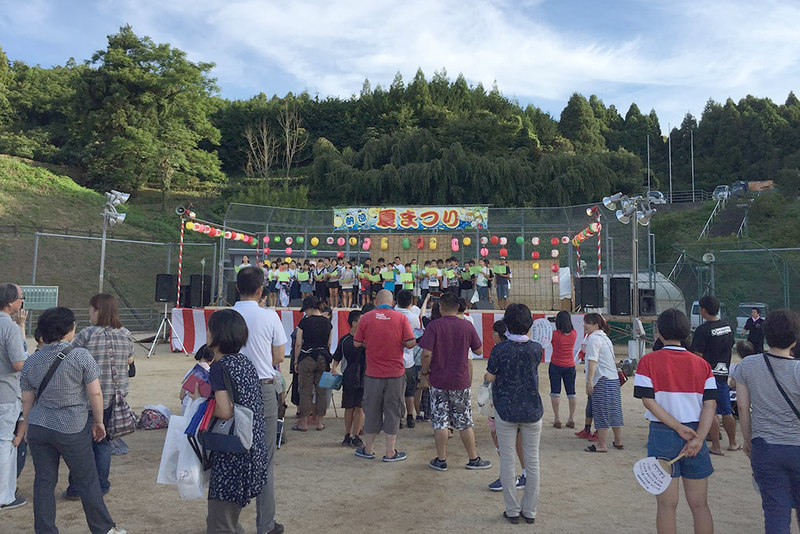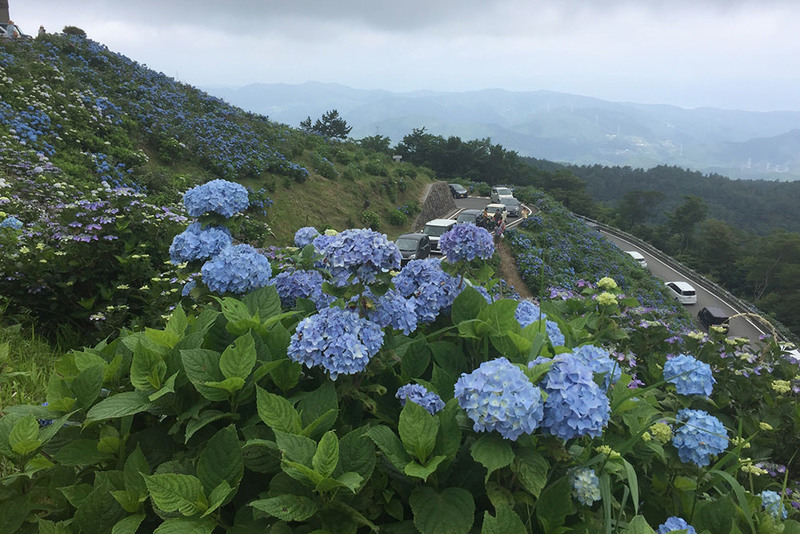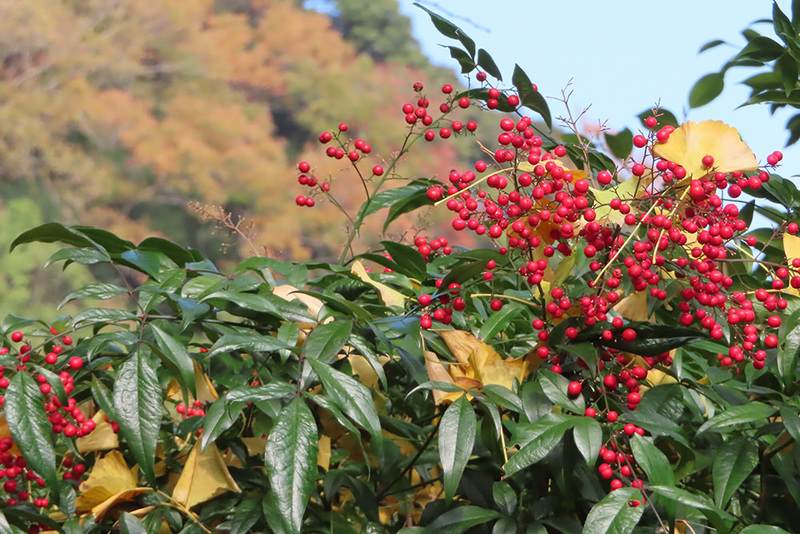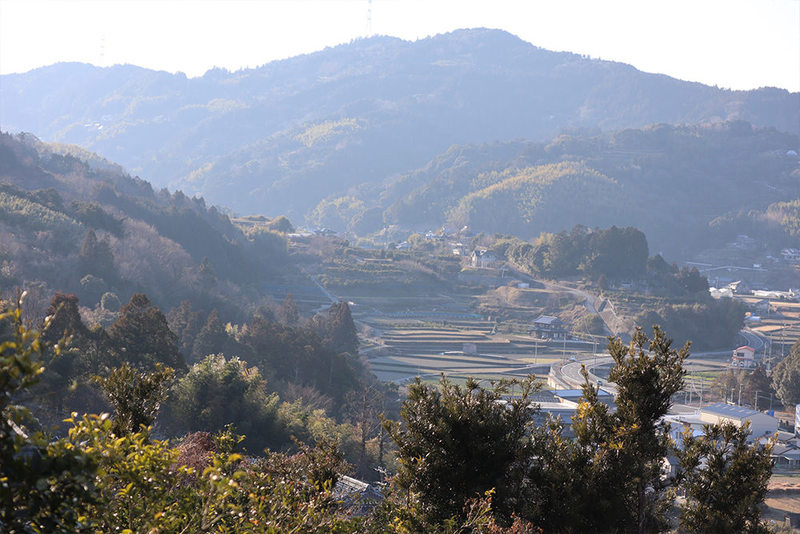公開日 2021年04月23日
更新日 2021年04月23日
This series follows English teacher Bethany Johnson (Canada), living in and exploring the countryside of Sanagochi.
Loss of Tradition
2020 has been a strange year. With the coronavirus pandemic, many events and gatherings have been cancelled, and unfortunately, that also extends to the history-rooted traditions here in Sanagochi village. Since I arrived in the village almost four years ago, I’ve vastly enjoyed learning more about these traditional events and even being able to take part in them. Their history extends back much farther than we can measure. In 2021, Sanagochi turns an amazing 1000 years old, and within that long and rich history, it’s difficult to mark exactly when something began and ended. But according to the villagers, particular customs and celebrations have been one staple for Sanagochi, and much of Japan, as well.
The Ordinary and the Extraordinary
In Japan, there’s a theory called “hare” and “ke”, which basically refers to the balance between everyday things, and uncommon things, such as those that happen only once-in-a-lifetime. Festivals in Japan fall under the “hare” category. During festivals, there are special decorations, special booths and shops, special events and music, and special clothes that people wear, just to name a few things. Much of our lives are spent in “ke”... the unchanging flow of the ordinary: waking up, going to school or work, eating, sleeping, and so on. Because of the ordinary, we can appreciate the extraordinary; things we only get to do from time to time. Or in the case of festivals, only once a year.
Festivals for the Gods and Festivals for Humans
Sanagochi holds a variety of festivals that change season-by-season. I look forward to them every year; summer festivals and autumn festivals. I find them intriguing, and it’s always a fun chance for me to meet with people in the village. This past year, with all the cancellations, I’ve been wondering how the villagers feel and how they are impacted by the loss of these important and enjoyable traditions. It’s difficult to find a balance within “ke” when there’s no way to refresh through “hare”, after all. In such strange times, how does life change, and how are we affected by losing some customs that have become important to us?
Summer Festivals

As I sought to answer this question, I learned more about the meaning behind the different festivals, and came to better understand why the people work so hard to keep them going. I had the chance to speak to the director of the summer festival, Mr. Nishimura, and we delved into the topic of differences between the summer and autumn festivals.
“There are festivals for the gods,” he told me, “and festivals for humans.”
I liked the way that sounded. It cleanly separated things for me. Yes, it’s true; the summer festivals serve humans, and are a way for family and friends to gather and enjoy time together. A lot of stalls selling food or offering games are set up; entertainment such as chorus and dance performances are an all-day constant on the stage. I can see the kids (my students) skipping around, dressed in summery yukata, flailing their paper fans as they play with their friends. And, of course, I love the climax moment of the festival when Sanagochi’s Awa Odori group, Sudachi-ren, takes the stage with their passionate dancing. The evening ends with a blitz of fireworks, setting the night sky ashimmer with colour.
This summer festival, according to Mr. Nishimura, originally served to restore the people’s spirits in the dark days following the war. Now it continues simply as a way for the people to gather and enjoy the cool of the night amid the fiery and humid summer days. The Japanese summer is so hot, they even have a word for this reprieve: 納涼, nouryou, or “enjoying the cool of the evening”. Hence, the festival was given the namesake, “Nouryou Summer Festival”. Ultimately, this festival keeps going strong thanks to the community of volunteers and the village hall staff, whose efforts create new memories for the people each year.
Hydrangea Festival

Sanagochi also holds a hydrangea festival up in the mountains of Okawara Heights. Similar to the summer festival, a lot of entertainment is prepared. I’ve seen colourful Hawaiian dances, instrumental performances and singing (including Sanagochi’s own band, Sana na Bito) and of course, Sudachi-ren’s iconic Awa Odori routine. More than ten years ago, about 30,000 hydrangeas were planted up in the mountains, and every year in July, they bloom and adorn the hills with pastel colours. Okawara already boasts sweeping mountain views and verdant hills, wind turbines and quaint farmland, but this area is even more stunning when the hydrangeas are in full bloom.
The hydrangeas are so popular that when the festival is held, cars line up far down the mountain, waiting to procure a parking spot. Many people from even outside of the prefecture come to visit, so I’ve found it’s best to go early in the day!
When I spoke with the current director of the hydrangea festival, Mr. Kusaka, he lamented this year’s cancellation, although he did feel a little relieved of the hard work that goes into glossing up the area to prepare for the festival. The villagers volunteer at Okawara Heights to cut the tall grasses and clean up the hills where the hydrangeas bloom, and although it is hard work, Mr. Kusaka told me they continue to do it because they want people to keep coming to Okawara Heights to enjoy Sanagochi’s breath-taking nature. The festival has come to serve an important role in promoting our quiet village and attracting visitors.
Autumn Festivals

So, these are festivals for humans, but what about for the gods?
The autumn festivals are also iconic celebrations, with a worshipful air.
In Canada, our festivals and celebrations are closer to the summer festivals held here. Outdoor parties with food stalls and fireworks and performances. But Canada has nothing quite like the religious festivals carried out here.
In Sanagochi, there are three main Shinto shrines: Asamiya shrine, Omiya shrine, and Ten’ichi shrine. Each has its own autumn festival that involves rituals and celebratory dances, including lion dances, playing taiko drums, or the carrying of a heavy portal shrine. Although these rituals have religious roots, nowadays, such traditions have taken on a more light-hearted air, yet they continue to protect the village’s ancient cultural practices. The festivals exist not only to pray for the village’s future prosperity, but also to provide a chance for the local community to gather. Unlike the hydrangea festival in the summer, people from outside the village don’t often attend the autumn celebrations, so these festivals are very catered to Sanagochi’s community. These events have come to be expected, and carrying them on is an important part of local culture.

I spoke to the villagers, asking them how they felt about the recent loss of these traditions, as many of them have grown up amid these festivals and even had special roles, like playing the drums or performing ritual dances. Their replies were largely bittersweet; sad to lose the nostalgic sounds of the taiko drums and the flutes, the music and the dances, and the excitement of the community gatherings. Everyone works together to practice and prepare for the festivals. All of these are important memories and have become a part of the culture, so naturally, it’s a hard loss. But many of them were also happy for reprieve from the rush and busyness of making preparations. Most are optimistic, knowing the celebrations will indeed resume one day
A Healing Celebration
Every year I live in Sanagochi, I look forward to these festivals; I especially love the light-hearted, festive air as the locals gather for summer festivals. I’m no good with the summer’s intense heat, but because of the festivals and celebrations in the evening, I always have something to look forward to. I’d never thought of it like this before, but the festivals really are a way to refresh. When these important traditions suddenly disappear, or are postponed because of unforeseen events, we come to better understand their value, and what might have been taken for granted.
To be Revived, Someday…
Festivals are one tool to separate the ordinary (the “ke”) and the extraordinary (the “hare”). A change of pace and a break from the ordinary grants people the energy to keep moving forward with the unchanging flow of their everyday lives. Although 2020 has been a year of many losses, we know it won’t last forever. It only makes us look forward to the chance to celebrate once more.
Let’s overcome this together, Sanagochi.

